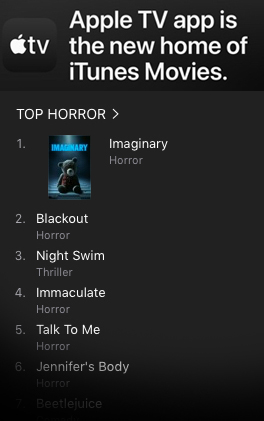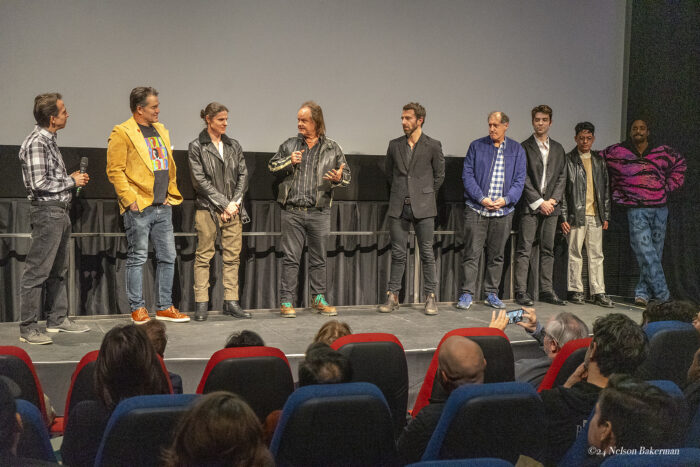BLACKOUT in New York City, March 13—23, 2024
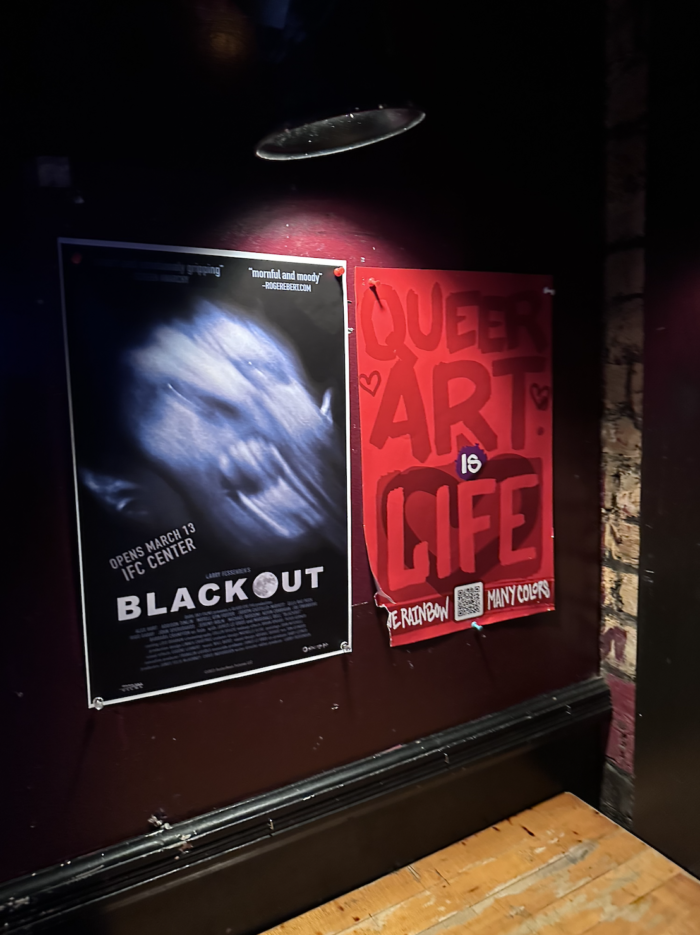

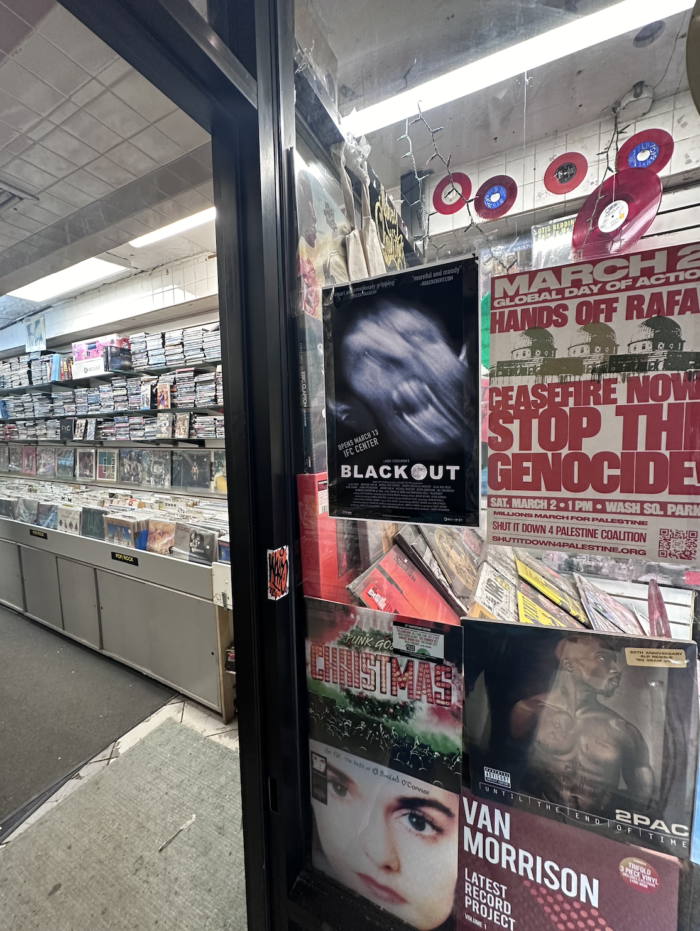
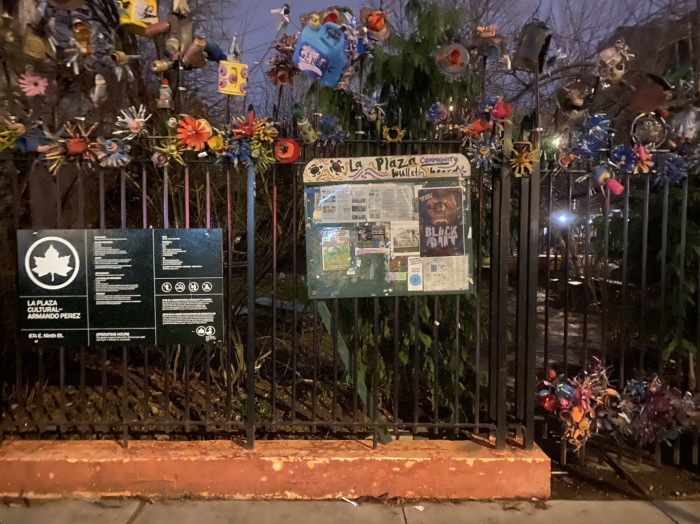
ART FROM THE FILM

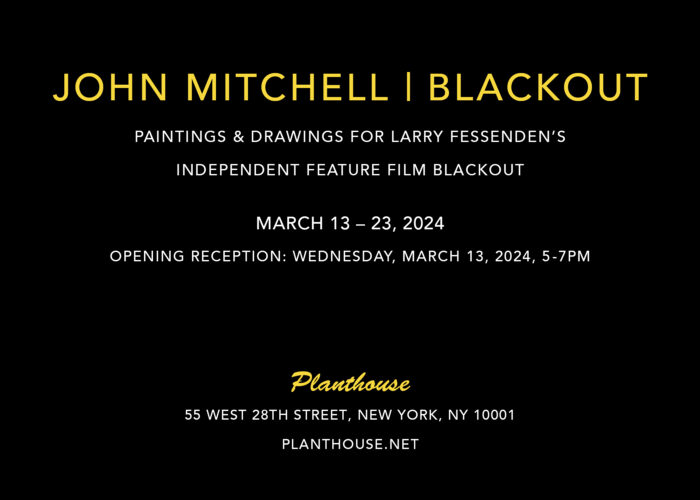
Planthouse Gallery is pleased to open BLACKOUT: Paintings & Drawings by John Mitchell for Larry Fessenden’s independent feature film BLACKOUT. This exhibition will run in conjunction with the film premiere and screening at IFC Center, at 323 Sixth Avenue at West 3rd Street, NY, NY.
Preview selected works in the exhibition.
In November 2019, artist John Mitchell, continuing a mission to pay homage to artists he admires, invited one of his favorite indie horror movie directors, Larry Fessenden, to sit for a painted portrait in his Brooklyn studio.
During the session, the two found many common interests, including Mitchell’s own obsession with the history of the werewolf motif manifested by startling “werewolf self-portraits” from his college days. Their ensuing conversations about art, horror films and lycanthropy lead to a 3-year journey that culminates with the release on March 13th of Fessenden’s film BLACKOUT and this art exhibit that highlights their collaboration.
After their first encounter, Fessenden made the protagonist in the film a fine arts painter, and invited Mitchell to make the paintings and drawings needed for the film, which progress in the story from pastoral landscape paintings to subjective, tortured self-portraits.
BLACKOUT commences with a glimpse of Mitchell’s recreation of a work that has been an important inspiration to him for decades: Albrecht Dürer’s engraving Melencolia I from 1514 which sets up the mental orientation of the film’s protagonist. The movie goes on to feature many of Mitchell’s landscapes from his private collection as well as specific paintings of locations from the script: trees, a farm stand, a stream. In creating the increasingly anguished portraits for the movie, Fessenden and Mitchell discussed infusing the paintings with references to the work of Goya and Francis Bacon.
After BLACKOUT’s initial premier at Fantasia Film Festival in Montreal, Canada, on July 20, 2023, Fessenden was inspired to make one last revision to the movie, and Mitchell was tasked with creating a series of pen and ink portraits of the protagonist, portrayed by actor Alex Hurt, transforming into a werewolf. It took over 150 individual drawings created over three months to complete the additional 20-second animated sequence in the film.
Says Fessenden: “The movie is a genre film, of course, but it is also a record of the collaboration between two creators with a great devotion to the potency of art and process in different mediums.”
John Mitchell (b. 1971) was born in Illinois and now lives and works in Williamsburg, Brooklyn. Mitchell received a BFA from The School of the Art Institute of Chicago in 1995 and an MFA from Yale University in 1999. His first one-person exhibitions in NYC were at Alexandre De Folin Gallery in 1999 and RIVA Gallery in 2003. Since then, Mitchell has been actively exhibiting in and out of New York City. In 2015, Mitchell was awarded an Art Symposium Residency at Austevoll Kunstforening, Austevoll, Norway; in 2016 attended the Emerson Landing Residency in Wye Mills, Maryland. Among others, Mitchell’s work has been reviewed by John Yau for Hyperallergic and Karen Wilkin for The Hudson Review.
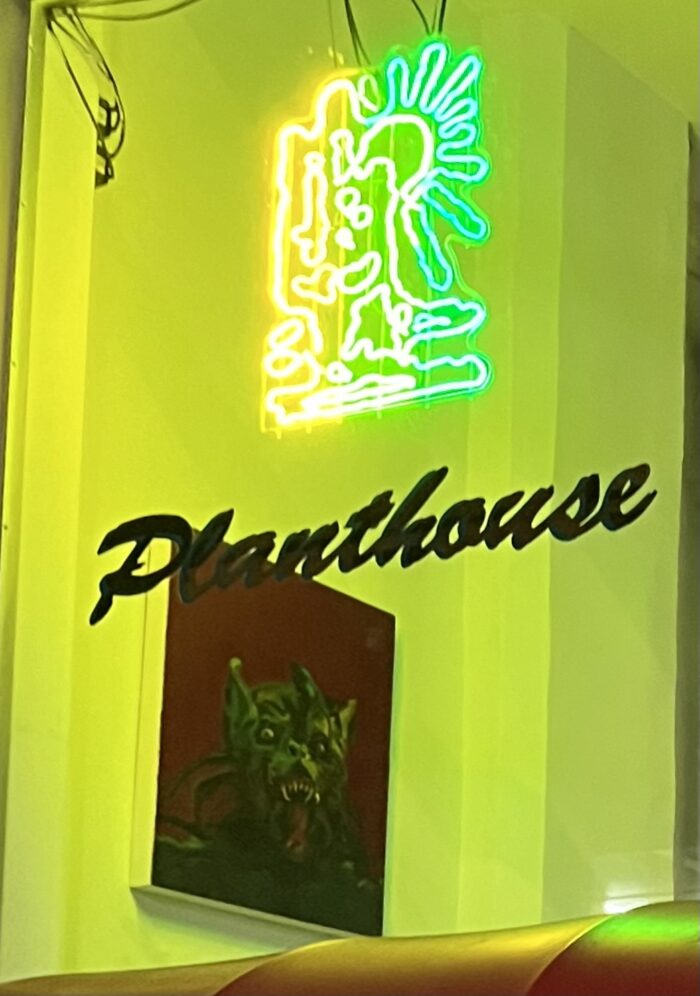
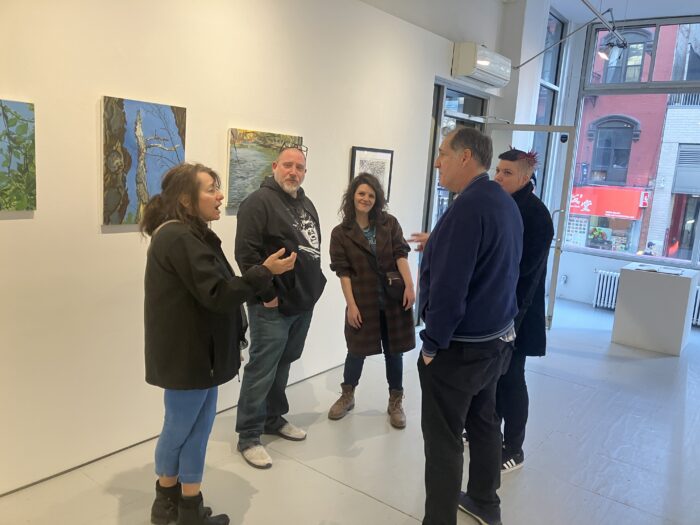
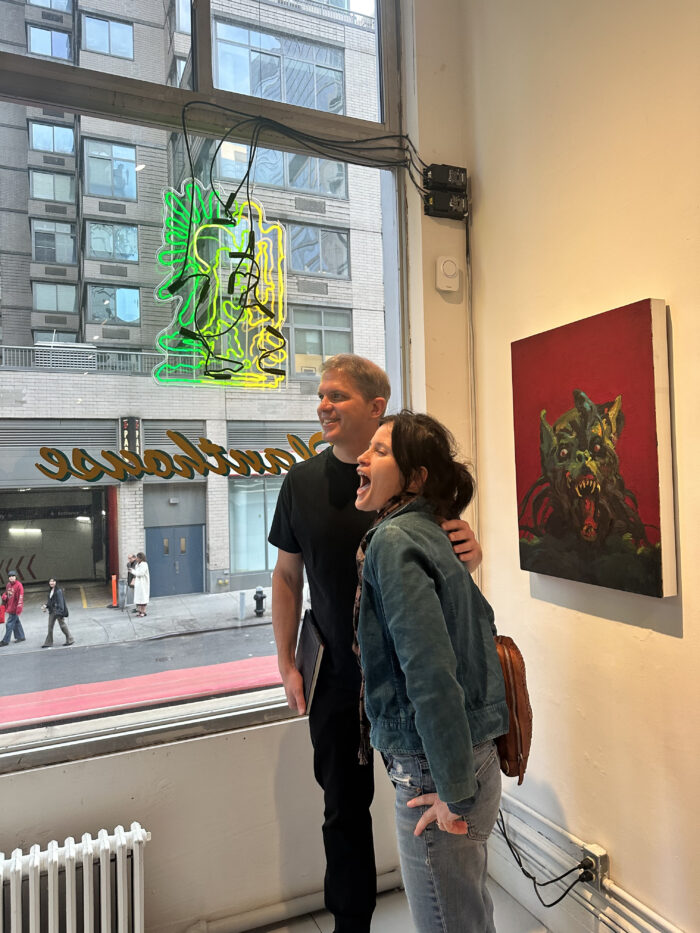

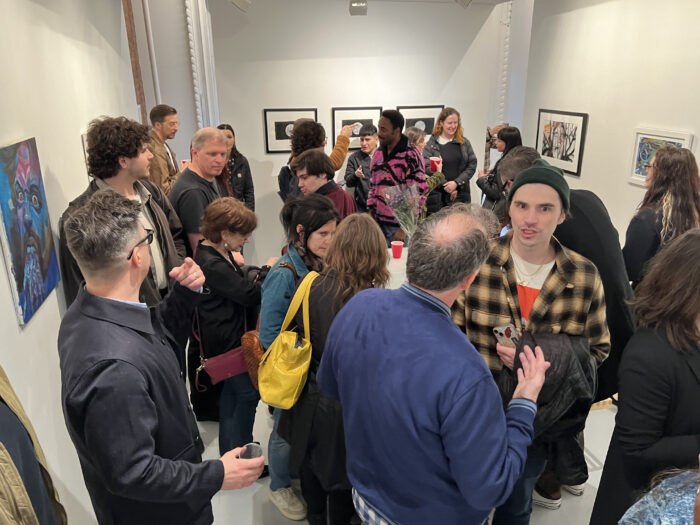
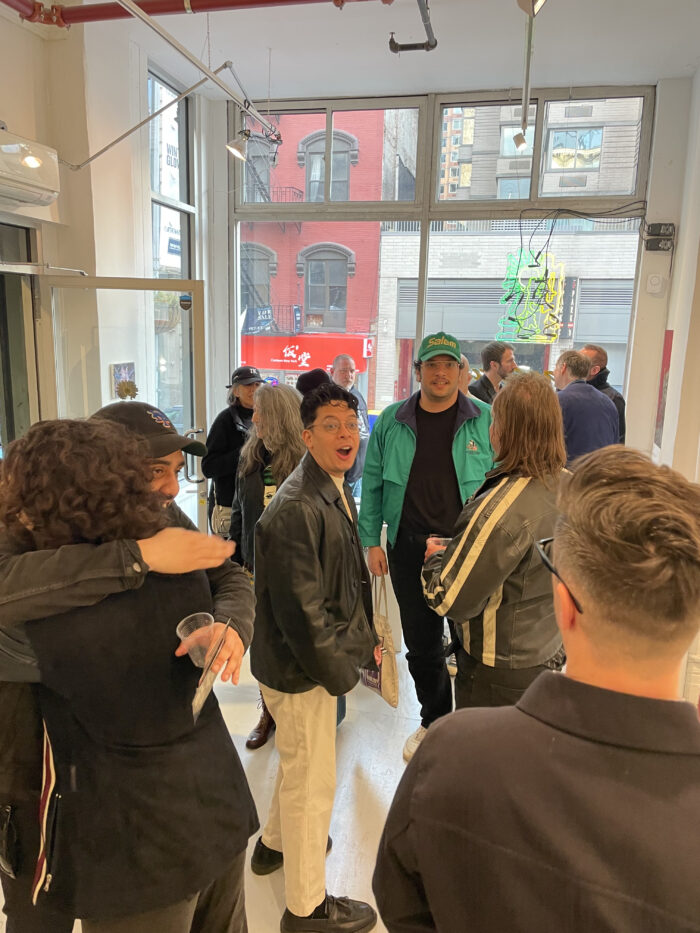
BLACKOUT at IFC MARCH 13—21 2024
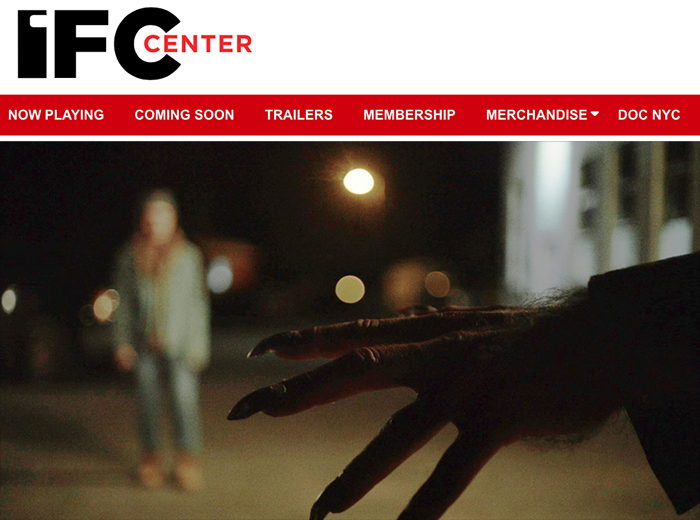
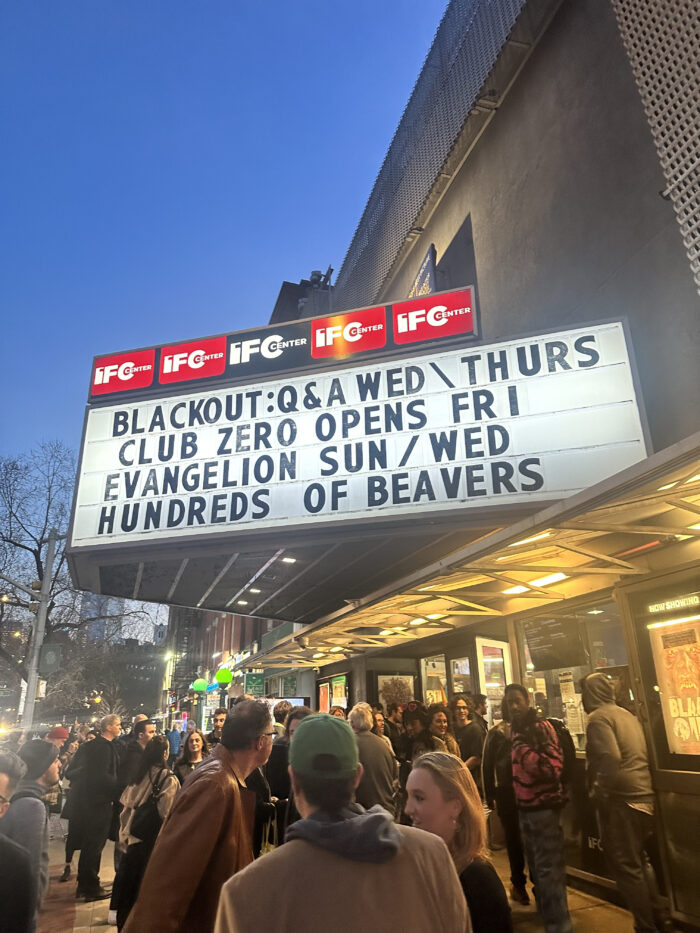
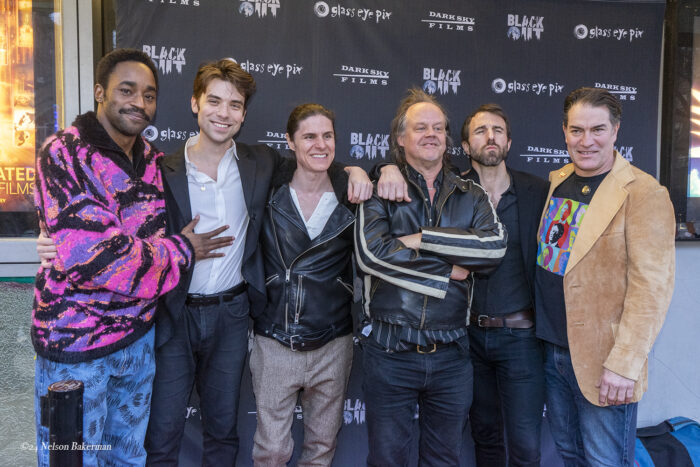
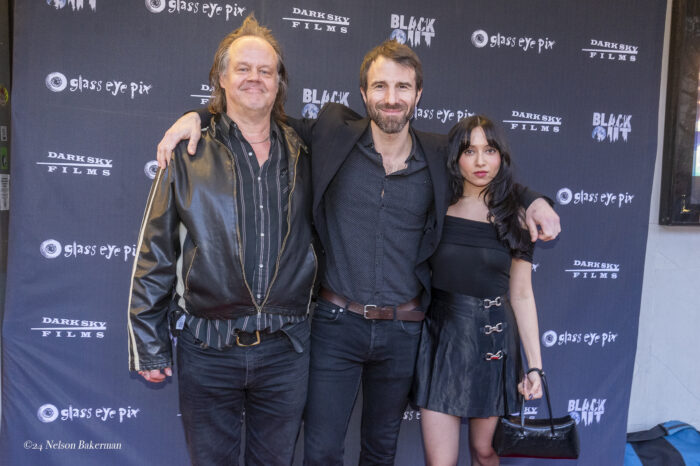


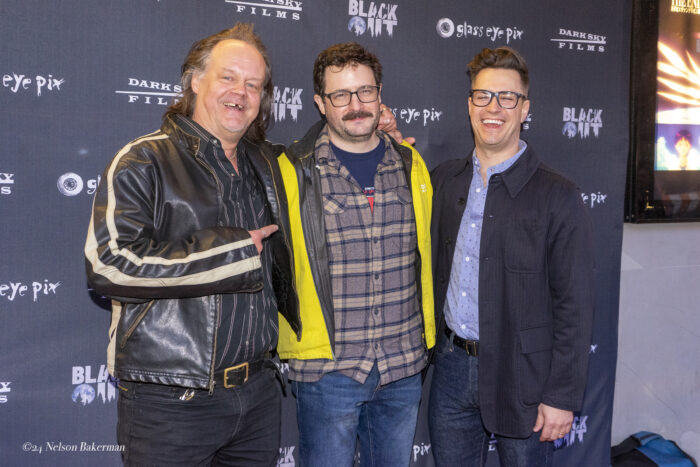
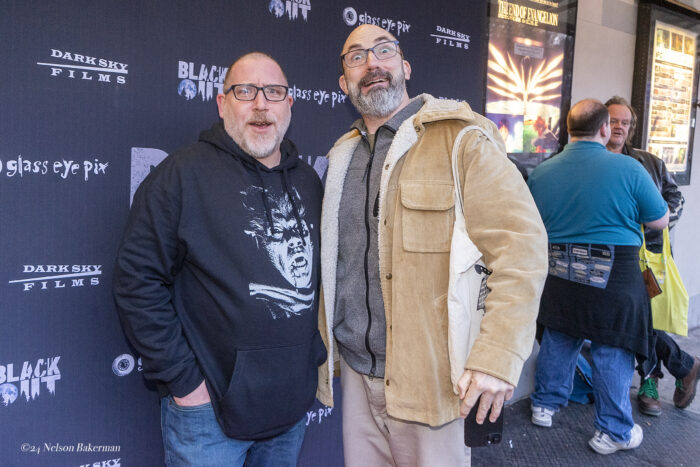



ART OF THE MONSTERVERSE
IFC 2ND FLOOR GALLERY STARTS MARCH 8
Select pieces by collaborators working in traditional mediums
to bring Larry Fessenden’s Monsterverse to life.
Graphic design by Beck Underwood
Painted animation cells by James Siewert
Pen and Ink animation cells by John Mitchell
Poster Art by Graham Humphreys
Monster photo portraits by Nelson Bakerman
Monsterverse fan art by Adam Markiewicz
On display at the IFC 2nd Floor Exhibit Space Starting March 8, 2024
Thanks to Posteritati for loaning out the space and IFC for hosting
Horror filmmaker Larry Fessenden’s Monsterverse is a series of contemporary independent films that draw from the classic Universal monster movies of the 30’s and 40’s: Dracula (Fessenden’s HABIT, 1997), Frankenstein (Fessenden’s DEPRAVED, 2019) and the wolf man (Fessenden’s BLACKOUT, 2023). Fessenden’s films blend classic horror tropes with contemporary themes. Aesthetically the films are crafted with an artisanal low budget cinematic style, employing tactile, traditional art techniques in the building of the imagery, tapping into primal childhood and folkloric memories. In promoting the films, classical techniques in portraiture and painted posters call back to cinema’s past. This exhibit celebrates the collaborators that have contributed their artistry to the Fessenden Monsterverse.

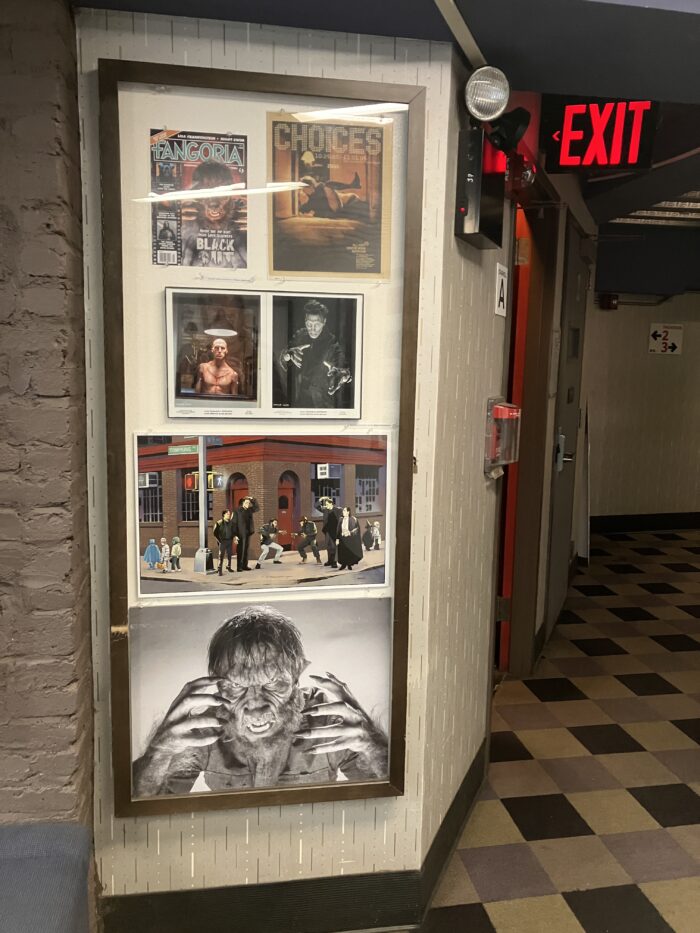
THE LOGOS
Beck Underwood who designed the Glass Eye Pix logo, also designed the iconic “Habit” logo in 1996.
THE ANIMATOR
James Siewert embarked on a seven-month journey to create 300 acrylic paintings for the animated hallucination of the werewolf for BLACKOUT.
THE PAINTER
John Mitchell, who created paintings and drawings for the BLACKOUT protagonist’s on-screen artwork, was also tasked with creating 150 pen and ink images for an animated sequence that depicts the man transforming into a werewolf.
THE PHOTOGRAPHER
The classic monster portraits by Nelson Bakerman evoke the studio pictures that celebrated the work of makeup maestro Jack Pierce; not location shots or film stills, but portraits on white or black backdrops that were reproduced in monster magazines hawked to impressionable kids during he Monster Craze of the 60s and 70s. Bakerman’s work for the three films has appeared in Fangoria Magazine, The Village Voice, and inspired the posters displayed here.
THE POSTERS
Graham Humphreys is an illustrator and designer with 40 years experience. One of the few contemporary illustrators using the traditional medium of gouache to paint his images, Graham is best known for his work within the horror genre. Humphreys is the perfect illustrator to create the Retro Style Monsterverse Posters that pay tribute to the art of the original films (which the director grew up staring at).
FAN ART
Adam Markiewicz creates a delightful encounter between the Universal Monsters and their contemporary counterparts in this work of fan art encouraged by BLACKOUT vfx artist Eugene Lehnert.
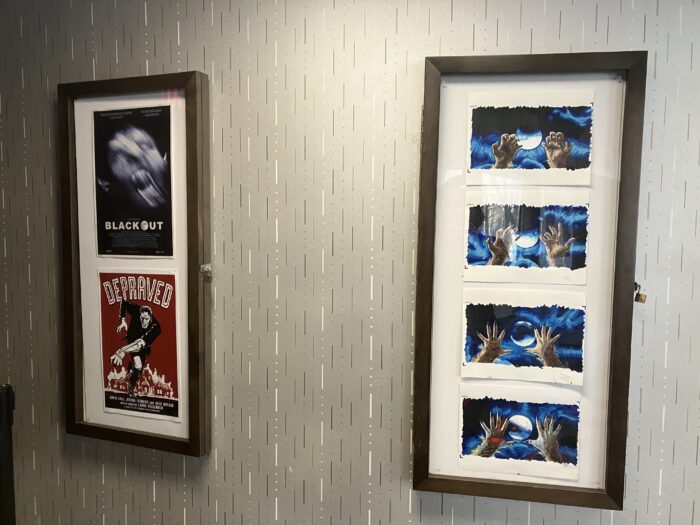

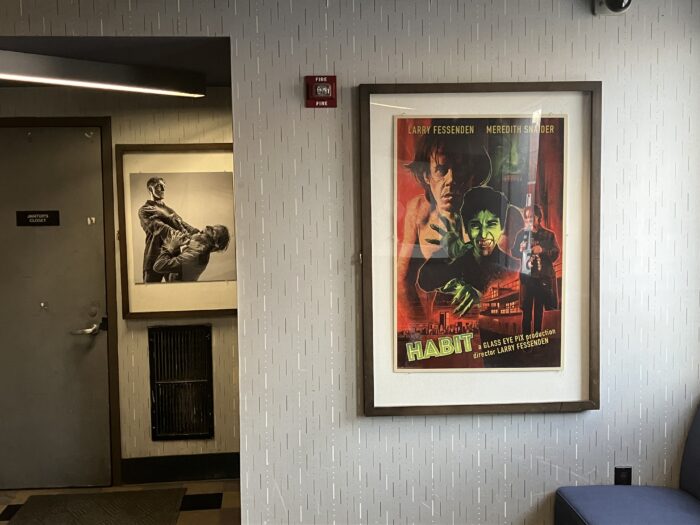

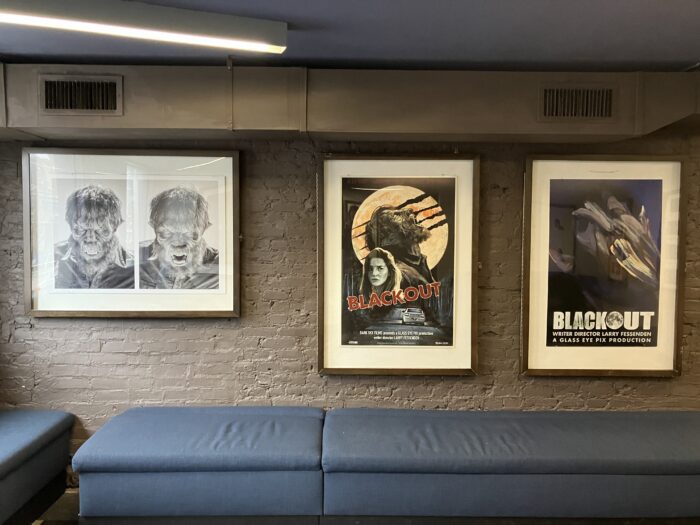
“Blackout” REVIEW from Reverse Shot
Wolf Like Me
By Adam Nayman
March 19, 2024
In the parlance of our times: if Larry Fessenden has no more fans, then I am no longer on this Earth. As film lovers, we all have convictions that we will take to—and maybe beyond—the grave, including certain directors whose work we adore unconditionally, more spurred on than deterred by the overall lack of consensus. Playing favorites is a dangerous game; the line between ardency and apologia can be perilously thin. Such is the tightrope of auteurism, which requires a certain combination of agility and death drive to walk unafraid, for critics and filmmakers both. Besides: love means never having to say you’re sorry.
Not that anybody is necessarily fixing to file Fessenden’s brand of independently produced, politically engaged genre cinema under guilty pleasure: elegiac chillers like Wendigo (2001) or The Last Winter (2006) are too solemn for camp appreciation, just as they’re too low-to-the-ground—industrially and stylistically speaking—for the “elevated horror” crowd. That Fessenden’s output over four decades has been taken for granted is one thing, but it’s more like his being taken for granted has itself been taken for granted, as grimly self-fulfilling as any dark prophecy about pentagrams and the need to stay off the moors. Hence the conspicuously marginal rollout of Blackout, the director’s most striking feature in decades, and which, as a play on 1941’s The Wolf Man, very nearly gives him a career bingo with Universal monster riffs. Nothing epochal perhaps, but also nothing to scoff at: a nicely atmospheric, sturdily crafted creature feature with any number of intriguing entry points—not least of all that its story of an isolated, multicultural community with predators in its midst exists in indirect but loquacious conversation with Martin Scorsese’s Killers in the Flower Moon. Can you find the (were)wolves in these pictures?
The resonances are modest but real: back when Killers premiered at Cannes, eagle-eyed viewers noted Fessenden’s presence in the film’s fourth-wall breaking coda, playing the star of a radio-show acting troupe dramatizing the Osage Indian murders. Fessenden acted for Scorsese before in Bringing Out the Dead, but his casting in the newer film carries a special metatextual tingle given his long-running gig hosting the audio-only horror anthology “Tales from Beyond the Pale.” In fact, Blackout began its life in 2019 as an episode of “Tales”—a lineage that not only accounts for its overall talkiness and quasi-epistolary structure but also its poignant and nagging sense of anticlimax. In more ways than one, Fessenden’s seventh feature is a shaggy-dog story; what binds it to Scorsese’s masterpiece is the way it interrogates certain all-American narratives to expose their ameliorating artifice.
Charley (the excellent Alex Hurt) is a painter of anguished, abstract canvases living alone in a cabin in scenic Talbot Falls; he’s also recently become a werewolf and, driven by some mix of white-knuckle guilt and aesthetic conviction, he’s taken to depicting the victims he’s killed during his monthly transformations. Like the protagonist of Fessenden’s 1996 breakthrough Habit, Charley offers a ragged, sympathetic portrait of the artist as monster, but where the earlier film developed as a conjoined satire of bohemian narcissism and vampire lore, Blackout is angled, more rousingly, as a tale of radicalization. Once bitten, a slumped shut-in transforms into a (wolf)-man of action; the urgency of Charley’s situation—and his desperate need to confess before his crimes are pinned on a conveniently racialized patsy—has turned him into a kind of woke avenger, targeting the racist eco-rapists who’ve turned his small town into a hotbed of xenophobic stupidity and, in one of several loaded sight gags, literally biting the hand that feeds—clean off the bone, as a matter of fact.
Fessenden, whose first student movie was a homemade remake of Jaws, has always worn his bleeding heart on his sleeve (in the best Romero tradition). Blackout’s political commentary isn’t subtle, but it’s so deeply woven into the fabric of the material that it feels like an artistic starting point instead of a market-savvy flourish. The theme—endemic to both werewolf stories and activist allegories—is transformation, and while Charley’s efforts to control and channel his condition don’t quite work out as planned, there’s something endearing about the image of a hairy, snarling small-town vigilante staring down the forces of late capitalism—shades, maybe, of Tom Laughlin as Billy Jack, filtered through a noble cinematic lineage of suffering, self-divided lycanthropes. That Charley’s dearly departed dad happened to be a benevolent patriarch type not only complicates his crusade against Talbot Falls’ profit-motivated ruling class—one of whom, Hammond (Marshall Bell), happens to be the pater of Charley’s ex Sharon (Addison Timlin)—but also suggests Fessenden has rewatched John Sayles’ Lone Star, with its carefully diagrammed socioeconomic and ethnic tensions infusing (rather than overwhelming) its central mystery plot.
There’s more common ground between Fessenden and Sayles—another filmmaker long since taken for granted—than one might think. After all, the latter made his name (and shored up his Hollywood collateral) scripting Joe Dante’s marvelous (and again, politically astute) werewolf shocker The Howling, which similarly limned the relationship between involuntary physical mutation and cathartic personal expression—outstripping the jocular culture-shock comedy and mechanical jolts of John Landis’s contemporaneous An American Werewolf in London. Like Sayles, Fessenden is a regionalist interested in the relationship between the individual and the community, and he’s attuned to the specifics—from commercial signage to gift-store trinkets—that keep his B-movie archetypes honest. More broadly speaking, what Fessenden shares with Sayles—and while we’re at it, his frequent collaborator and one-time protege Kelly Reichardt and fellow indie eminence grise Jim Jarmusch (who cast him as a sheriff in The Dead Don’t Die)—is a bruised-and-blistered metaphysics of failure, the secret handshake of lefty directors who’ve been around long enough to not place too much stock in the future.
Fessenden’s melancholy reached its apocalyptic apotheosis in The Last Winter, which leveraged some pretty ropey CGI against a plangent, devastating visual metaphor suggesting that, in the face of widespread climate change, the ideological middle ground between right and left was finally no safer than anywhere else. Reviewing that film for Reverse Shot, Andrew Tracy wrote that its ultimate failure as spectacle belied the deeper and more inexorable sense of terror that is Fessenden’s sweet spot: “hoots and jeers might accompany the finale of The Last Winter, but they’re only a coping mechanism for the terrible truth it uncovers.” Like its predecessor, Blackout isn’t all that frightening even as it delivers the gory goods (including a piece of slapstick sadism worthy of Brian De Palma), and the flipside to its overall earnestness is clunkiness (the expository scenes sputter like a car whose engine has turned over). Still, the fatalism of its final sequences has its own spectral intensity—and integrity. In the final moments, a mortally wounded Charley flashes back to the night he was first attacked, and Fessenden gives us the film’s most shiver-inducing image—a carefully prepared shot-reverse-shot with the architecture of a jump scare but a very different feeling underneath. Instead of shock—or surprise—the money shot conjures up a tender, heartbreaking mix of existential resignation and recognition: the only possible response for when we all find the wolf has suddenly and inevitably come to our door.

THANKS NEW YORK,
Planthouse Gallery, IFC and all who came!

L.A. OPENING APRIL 11 2024
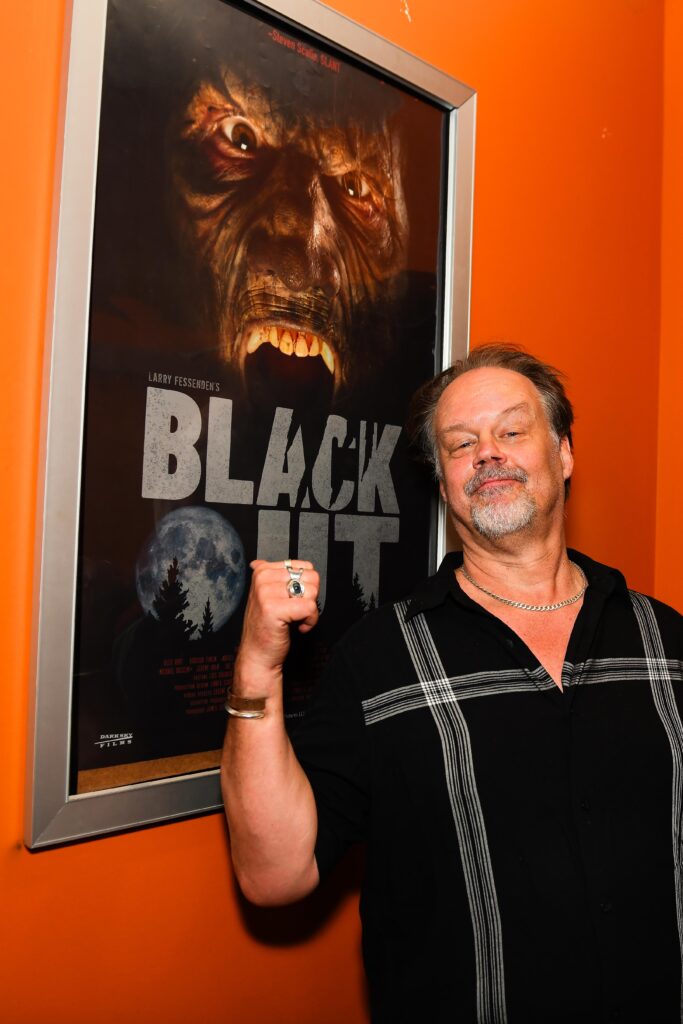
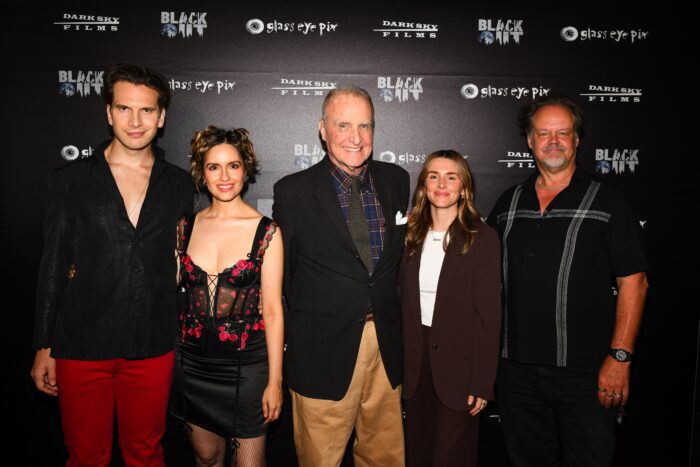
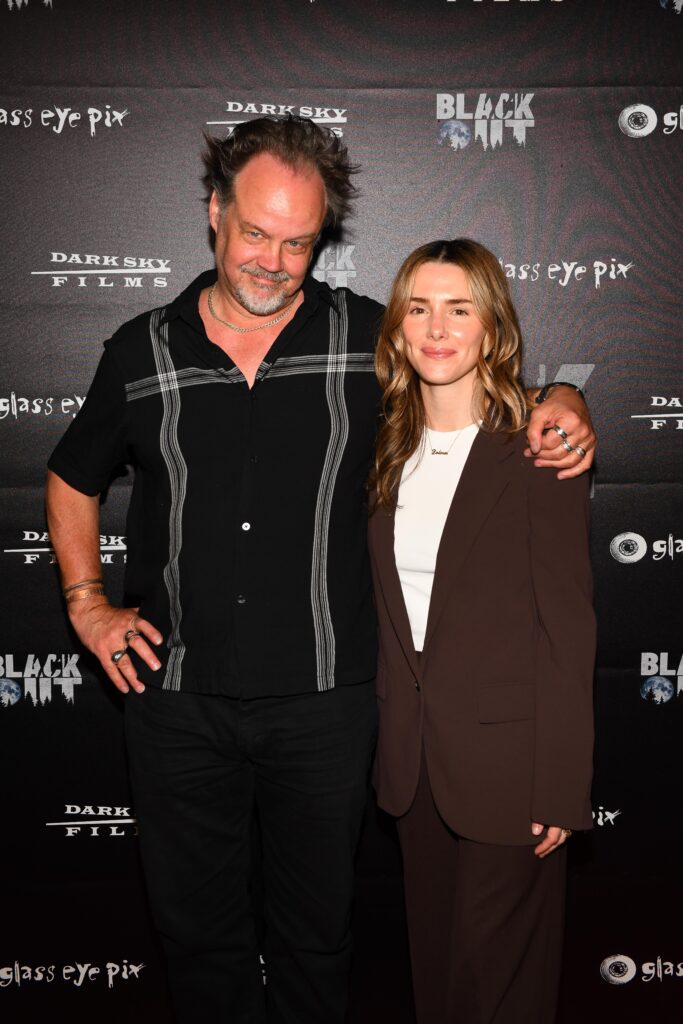
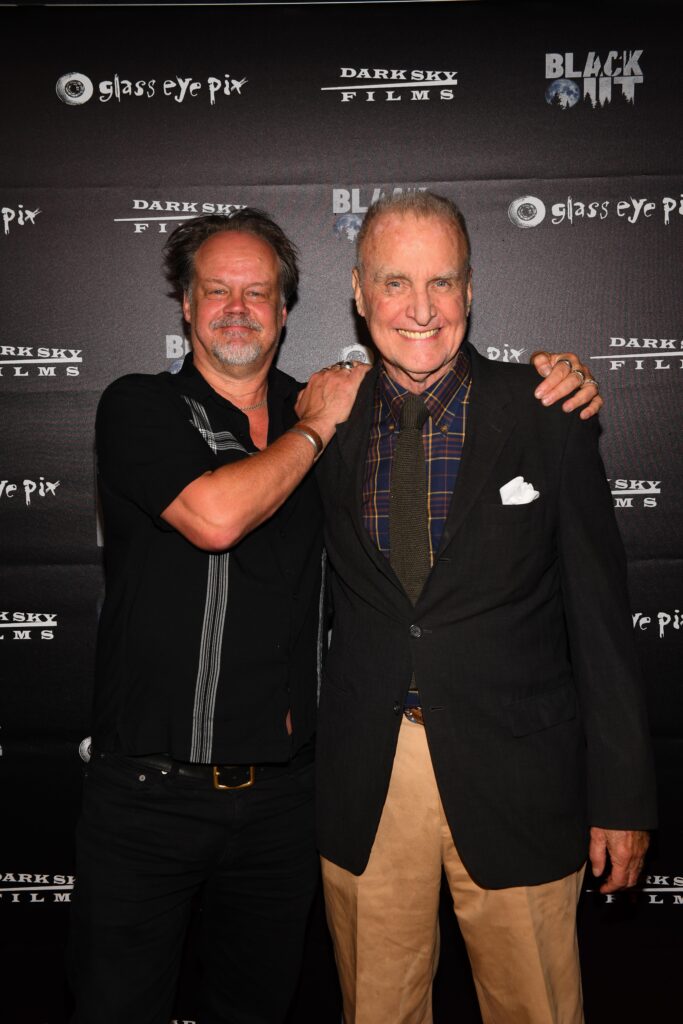
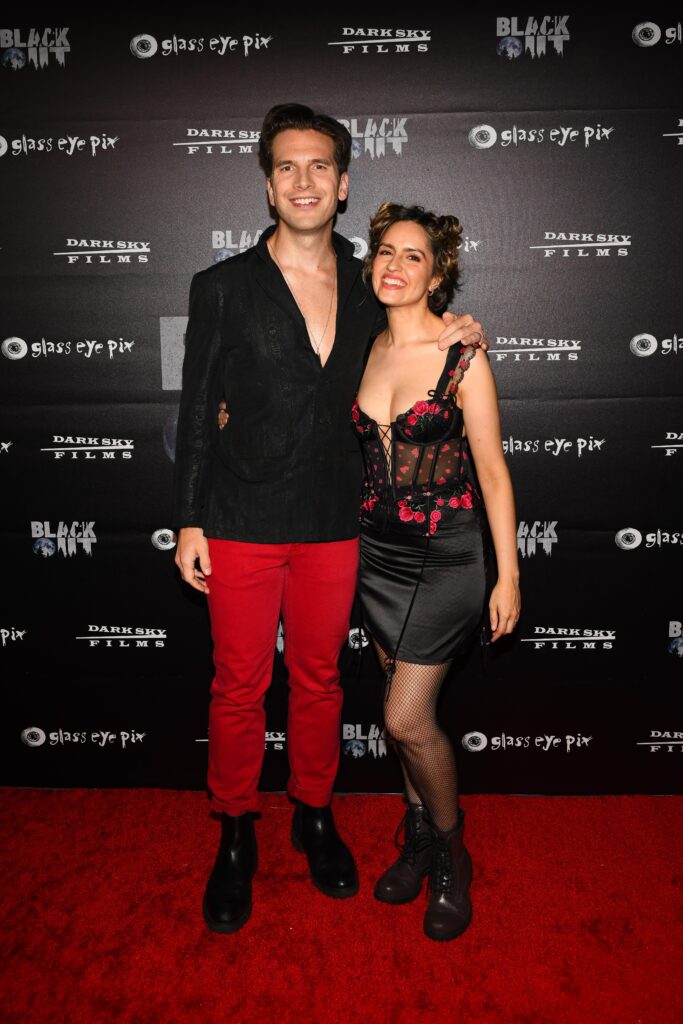
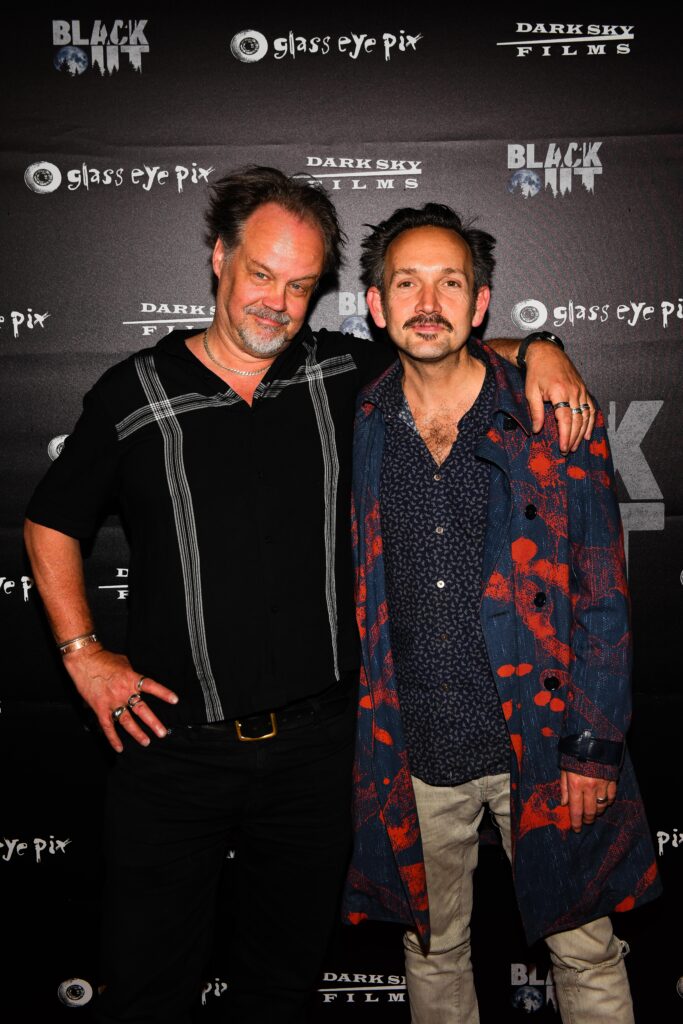

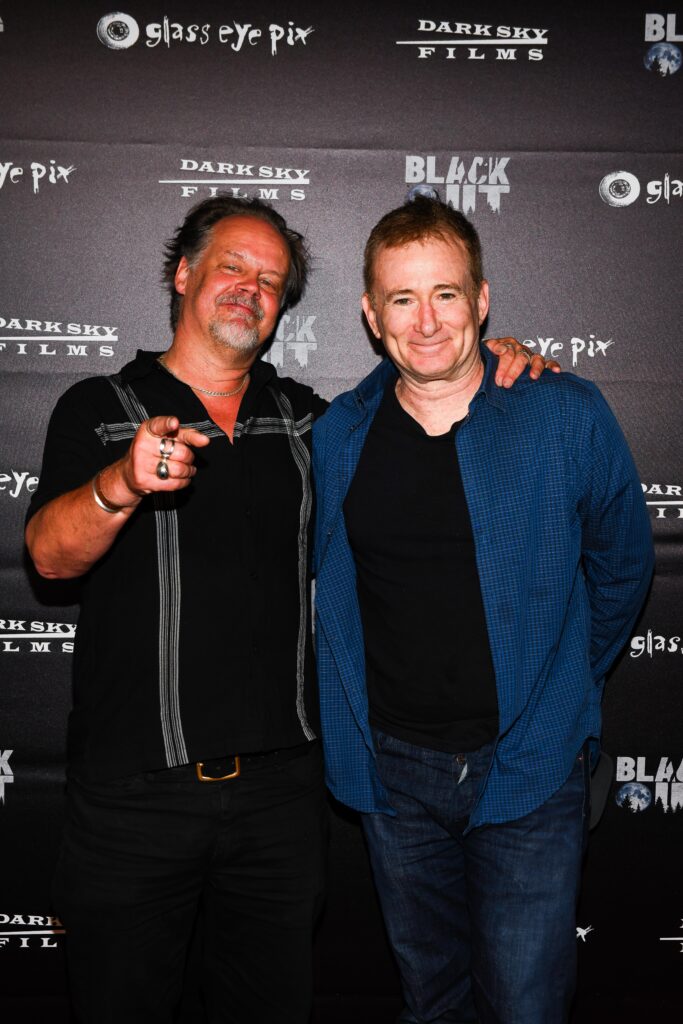
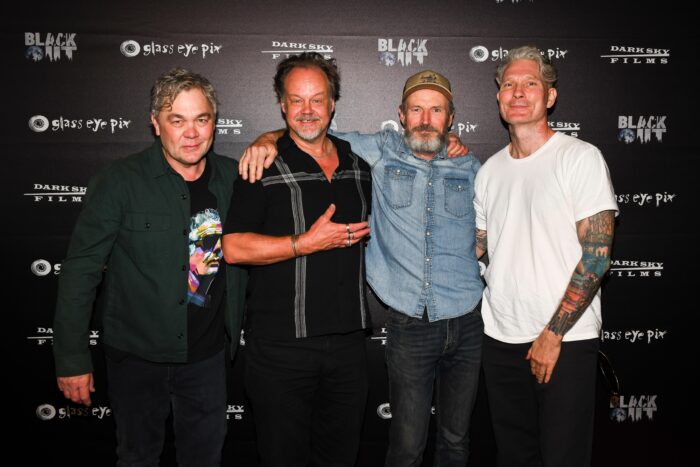
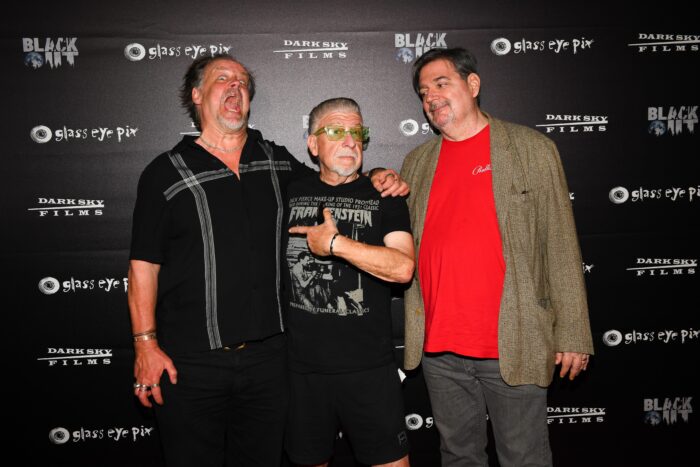
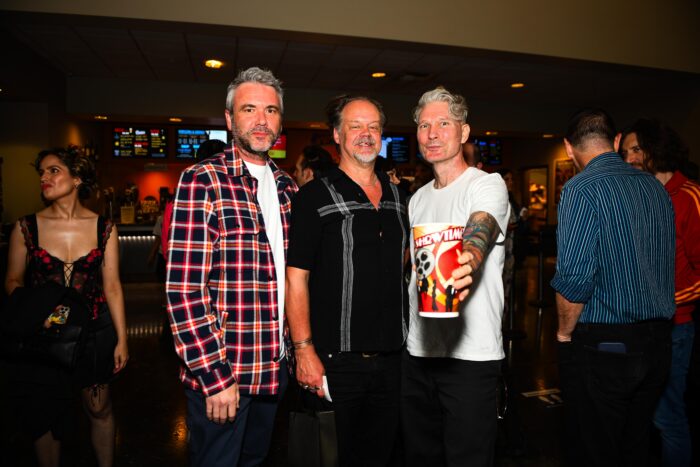
NY step & repeat photos by Nelson Bakerman; LA Photos from Andreas Branch.
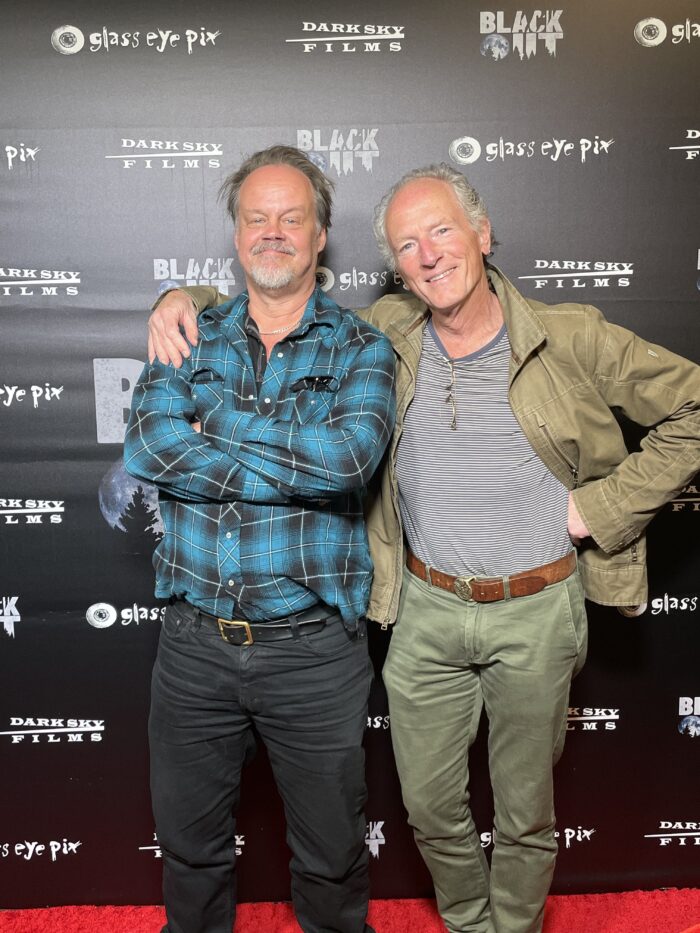
(Hollow Venus, Experienced Movers)
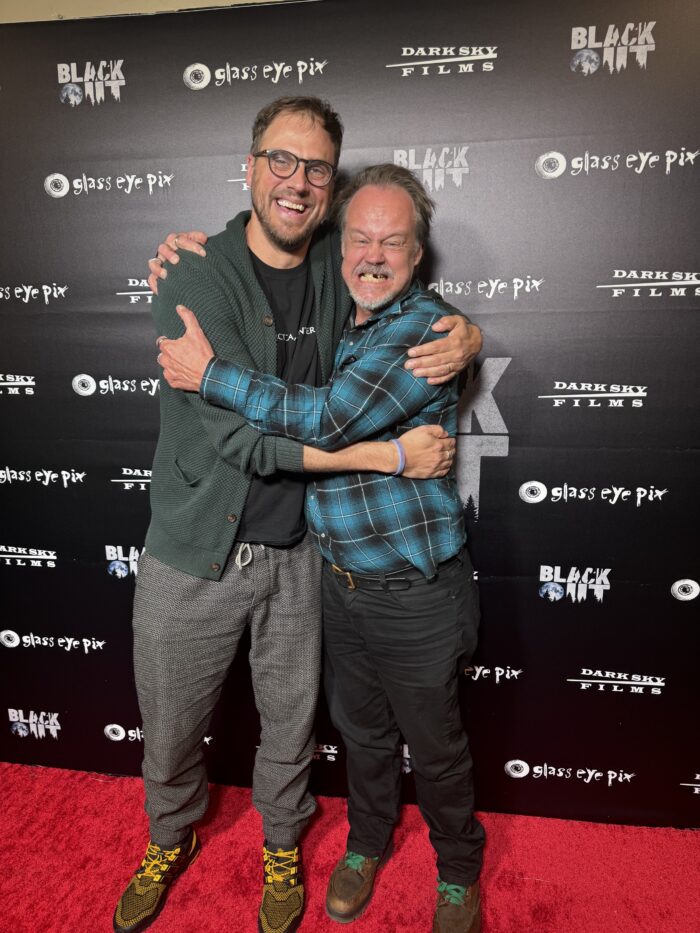
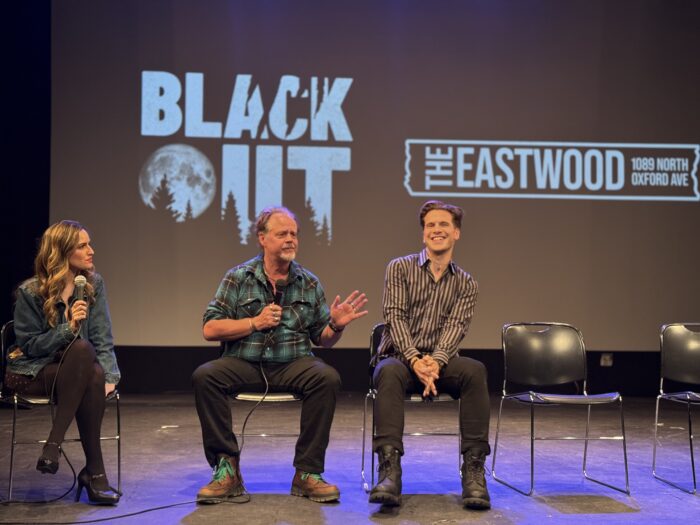
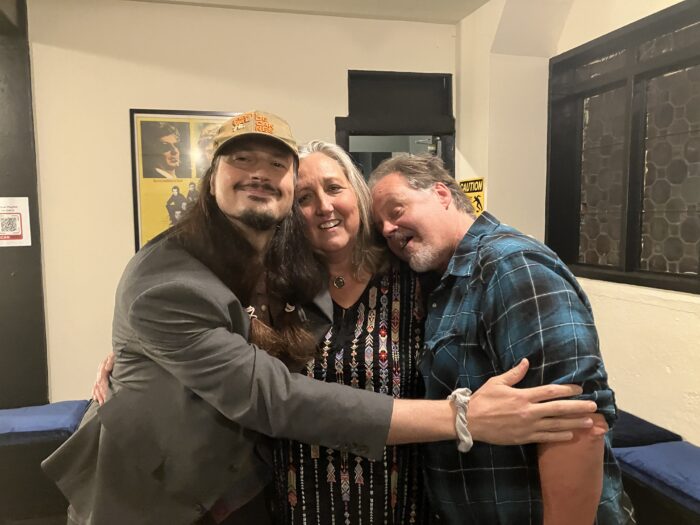
Shelley Westerman (The Last Winter edit team)
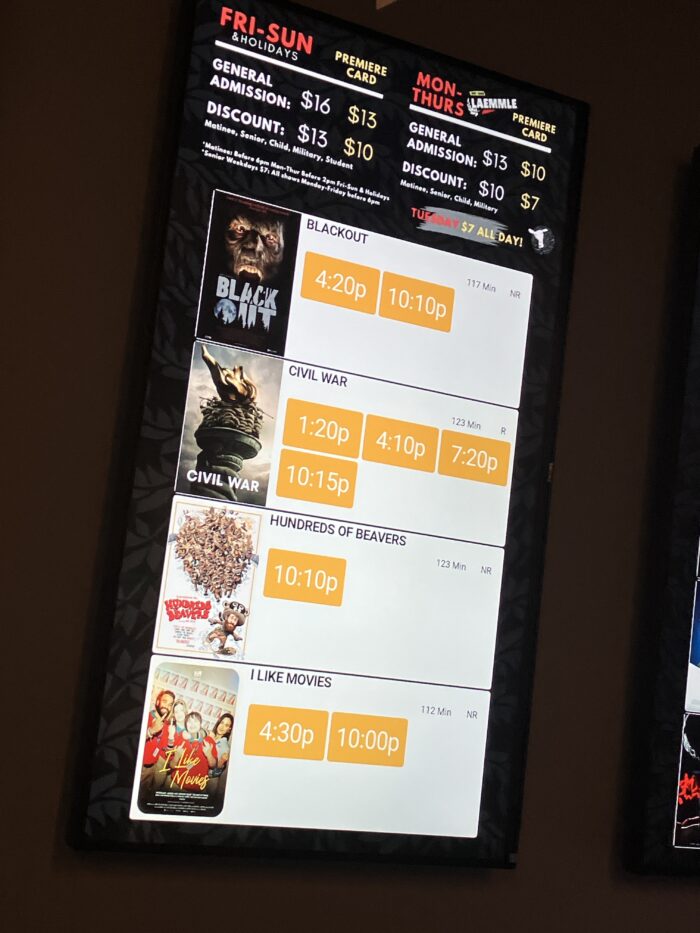
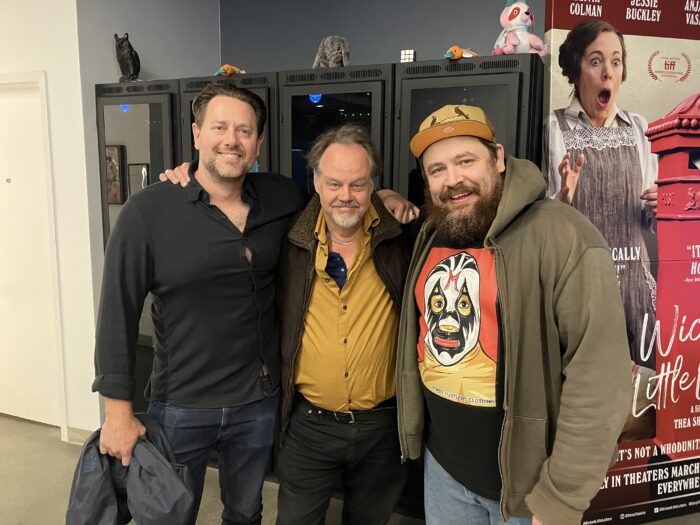
Aaron Crozier (editor Jacob’s Wife, We Are Still Here, Late Phases, GEP Sizzle Reel!)
BLACKOUT now streaming on your favorite platform
